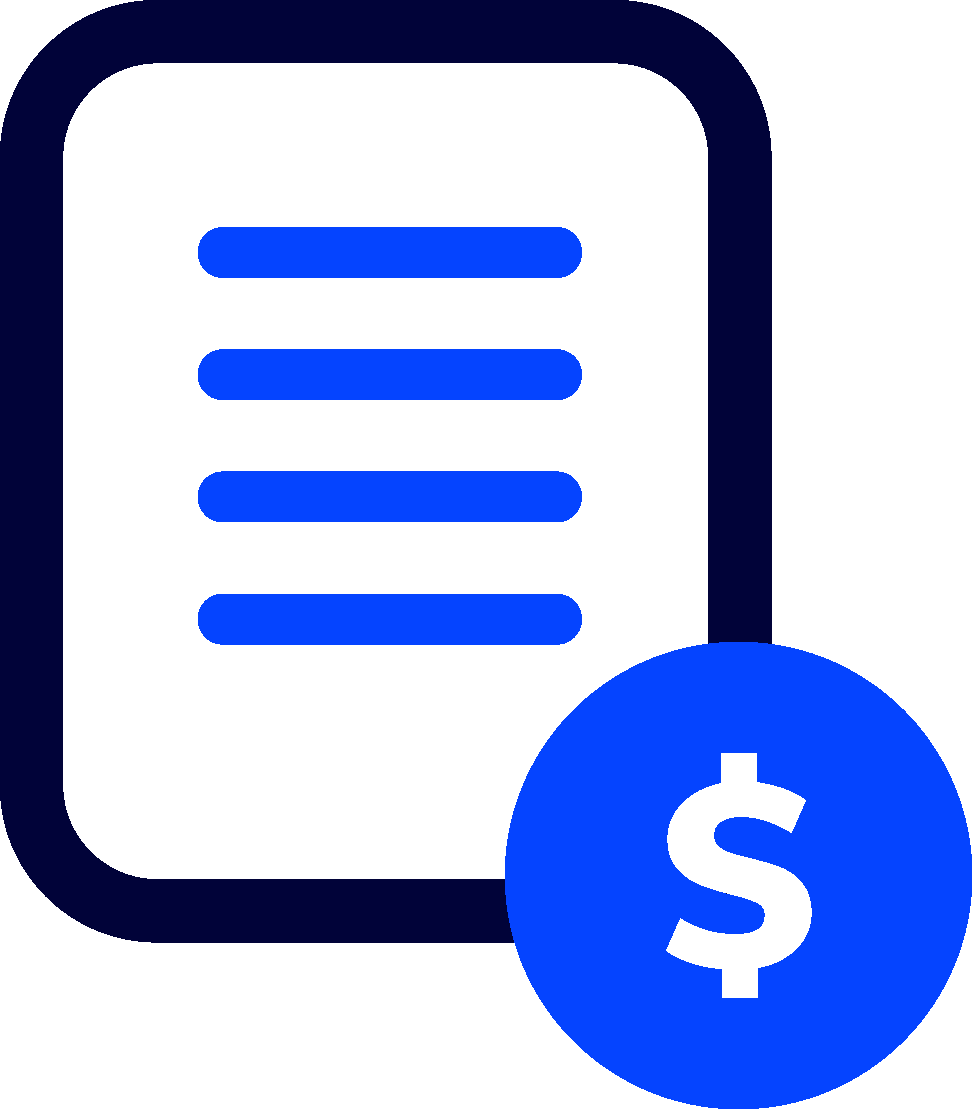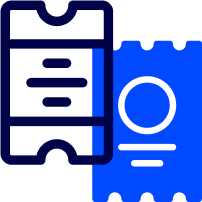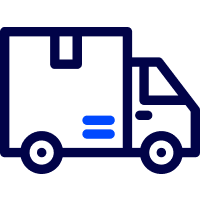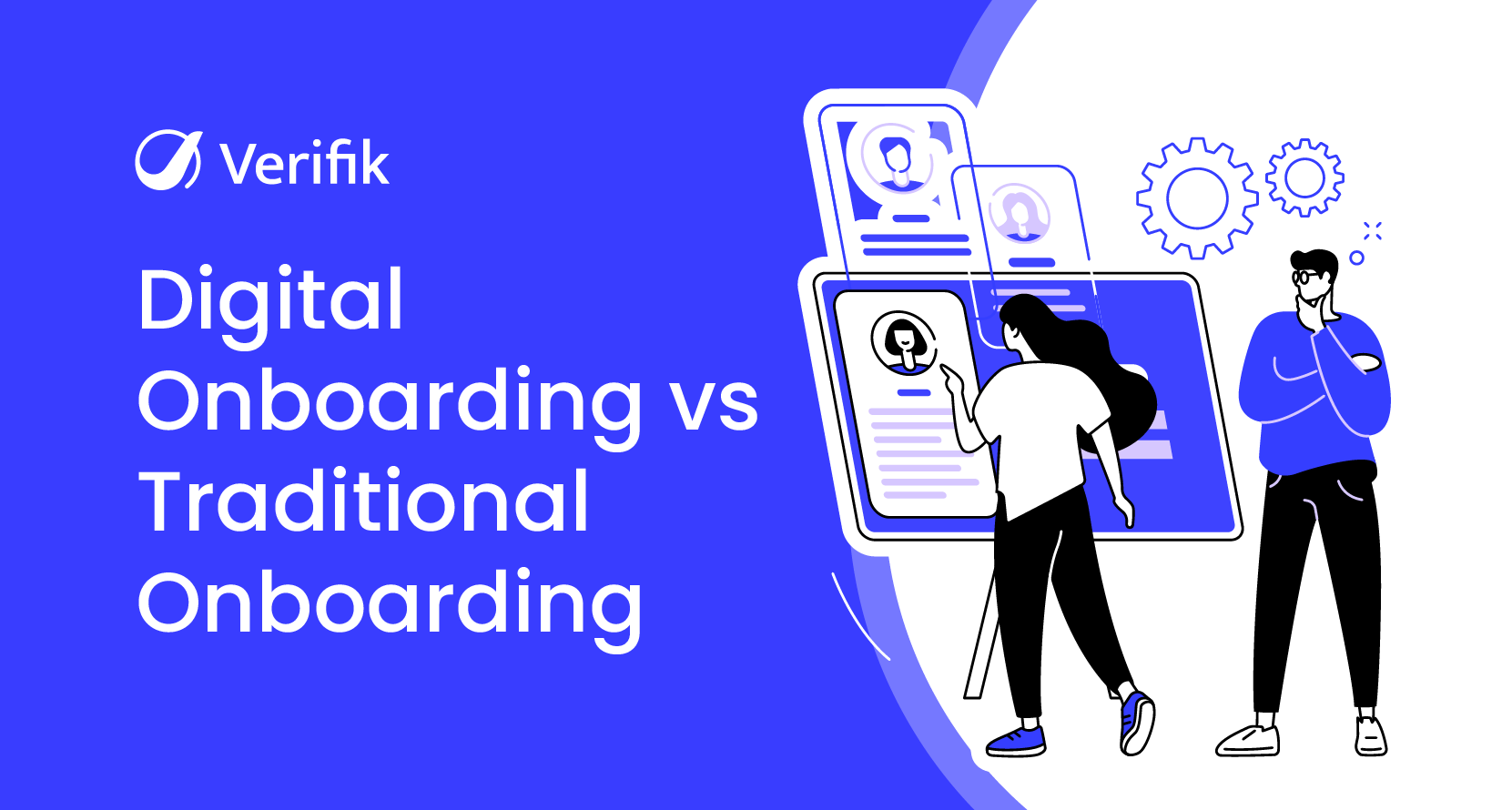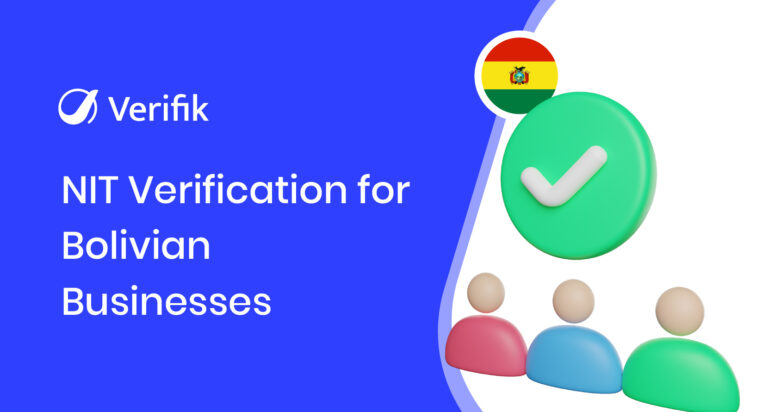Onboarding is a crucial first step in a customer or employee journey. It shapes their first impression and influences how engaged, confident, and loyal they feel toward your brand or organization. As industries continue to digitize, a growing debate centers around traditional onboarding methods versus digital onboarding. Which one truly delivers better results?
This blog breaks down both approaches, compares their effectiveness, and helps you decide which onboarding style is better suited for your business needs.
What Is Onboarding and Why It Matters
Onboarding is the process of inducting new users, customers, or employees into a product, service, or company. It involves collecting essential information, completing verification steps, and ensuring a smooth transition into a new environment or platform.
Whether it’s a customer signing up for a banking app or a new hire joining a company, onboarding influences how the entire relationship unfolds.
Research shows that 75 percent of users abandon a product within the first week if onboarding is confusing or difficult.
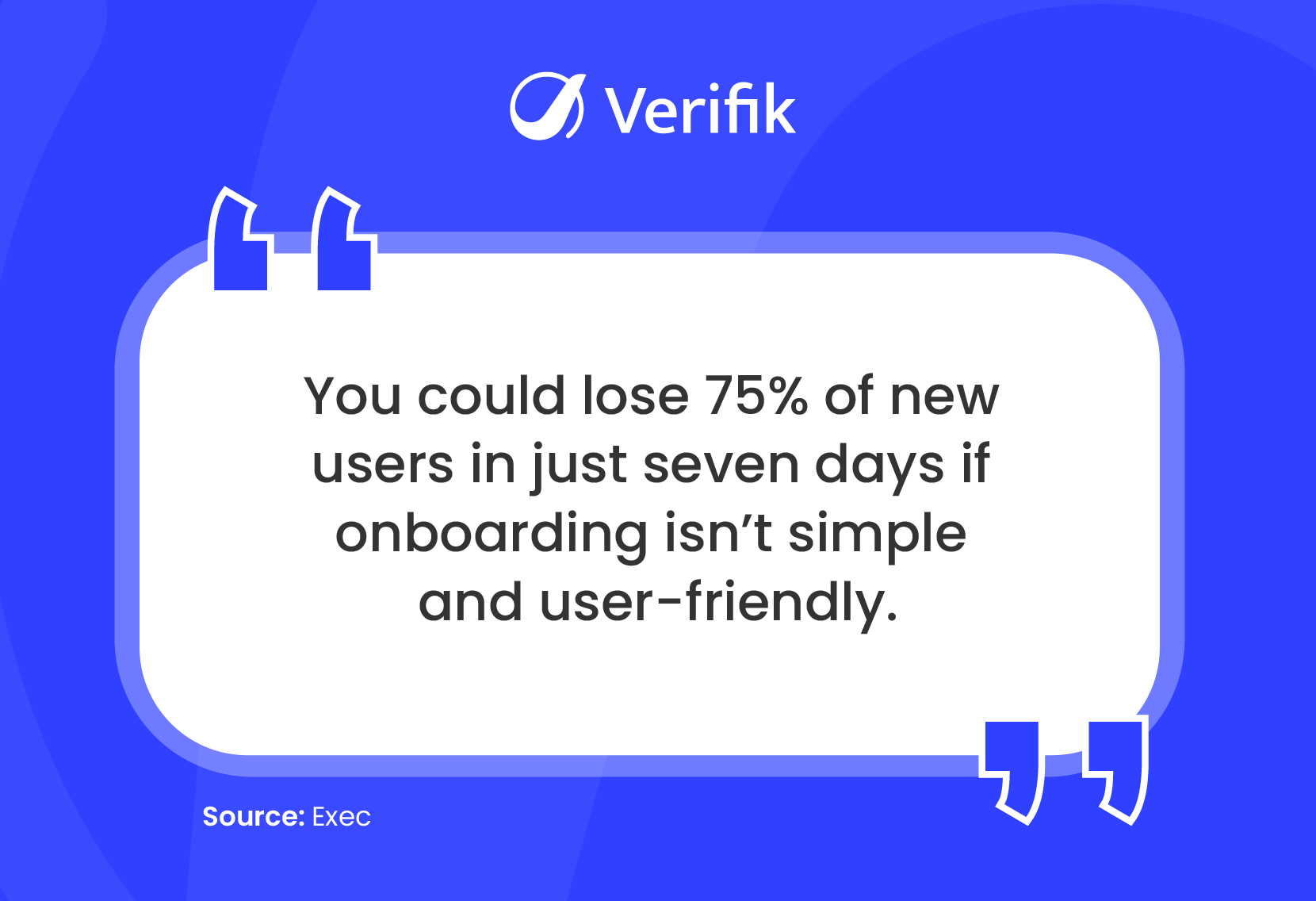
An efficient onboarding experience:
- Builds trust early
- Improves retention
- Reduces errors and manual rework
- Speeds up time-to-value
Understanding Traditional Onboarding
Traditional onboarding usually happens in person or through paper-based processes. For employees, it may involve filling out printed forms, attending on-site orientations, and manually signing documents. For customers, it might include visits to a physical office, identity checks with paper IDs, or manual approval workflows.
Pros of Traditional Onboarding:
- Human touch and face-to-face interaction
- Easier to clarify complex information in person
- Feels more personalized in some industries
Cons of Traditional Onboarding:
- Slower and time-consuming
- Prone to data entry errors
- Costly and resource-heavy
- Limited scalability
What Is Digital Onboarding?
Digital onboarding is the process of using technology to welcome, verify, and integrate new users into a system, platform, or organization. These users could be customers signing up for a service or employees joining a company.
Digital onboarding replaces traditional, paper-based, in-person methods with a streamlined, remote, and automated experience. Instead of filling out physical forms, visiting a branch, or mailing documents, users complete the entire onboarding process through a website, a mobile app, or another digital platform.
Today, digital onboarding benefits industries such as fintech, healthcare, telecom, HR, and education where user verification and compliance are critical.
Tools and Technologies Used in Digital Onboarding
Digital onboarding relies on a range of technologies that simplify user verification and speed up the entire process. Some of the most common tools include:
- Digital forms with integrated e-signature functionality
- Identity verification via facial recognition, document scanning, or OTPs
- Automated backend workflows for approvals, account setup, and compliance checks
Together, these tools help businesses eliminate paperwork, reduce manual errors, and deliver a seamless onboarding journey. The process becomes faster, more secure, and easier to scale across different teams and geographies.
Pros of Digital Onboarding:
- Faster processing and instant verification
- Paperless and cost-effective
- Scalable for global operations
- Improved accuracy and compliance
- Available anytime, anywhere
Cons of Digital Onboarding:
- May feel impersonal without proper UX
- Requires access to devices and internet
- Data privacy concerns if not handled securely
Digital vs. Traditional Onboarding: A Head-to-Head Comparison
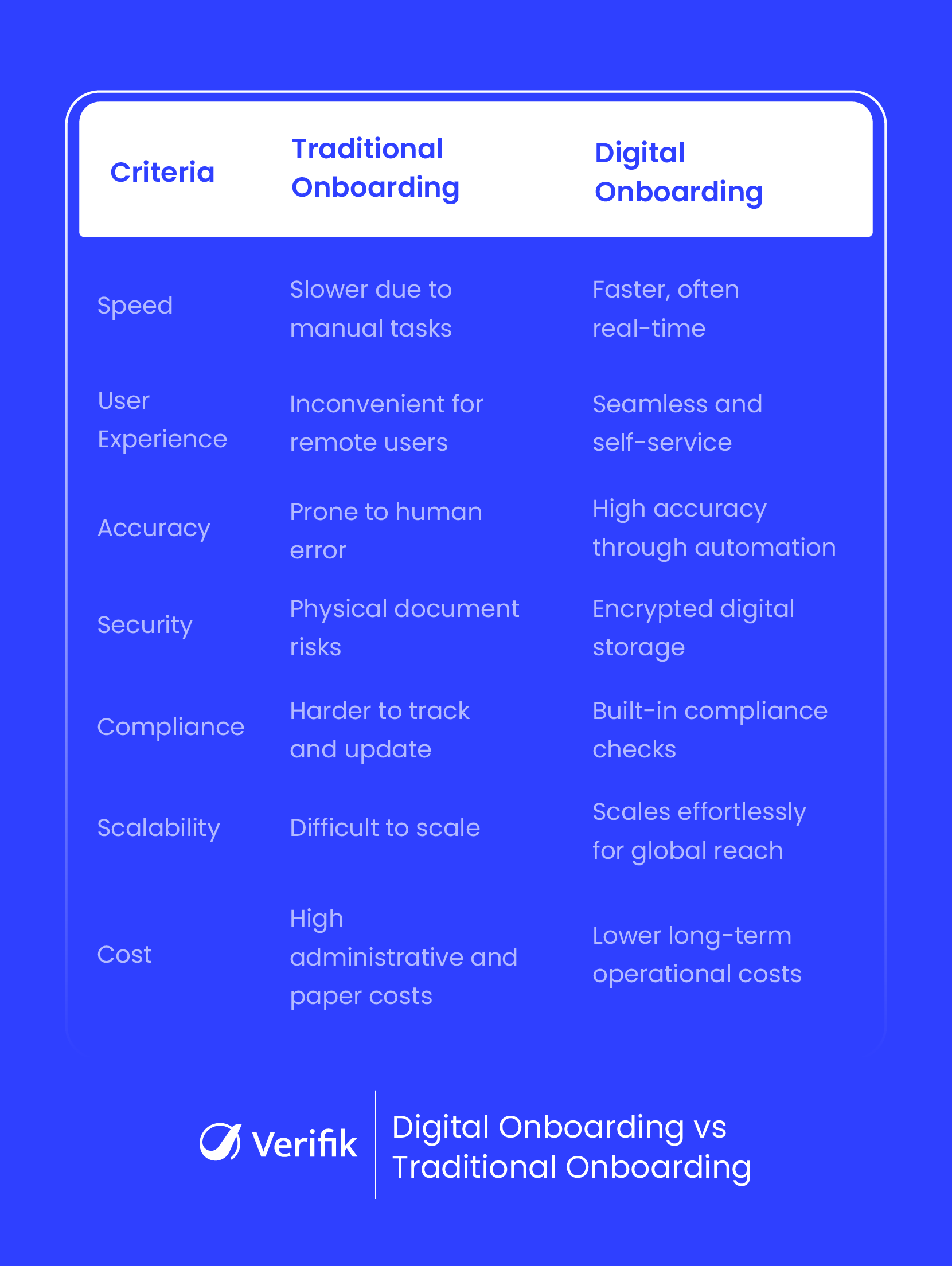
Let’s break down how digital onboarding stacks up against the old-school way across the areas that matter most, including speed, security, cost, user experience, and more.
Speed
Traditional onboarding often involves paperwork, manual data entry, and physical presence. This can stretch the process across days or even weeks, especially when coordinating with multiple departments or verifying documents by hand.
Digital onboarding speeds things up dramatically. With online forms, instant ID verification, and automated workflows, the entire process can be completed in minutes. Customers or employees can get started the same day, without waiting in line or mailing physical documents.
User Experience
Traditional onboarding methods can feel outdated and frustrating, especially for users who have to visit offices, print forms, or wait for in-person verification. For remote users, the process can feel nearly impossible.
Digital onboarding offers a seamless, user-friendly experience. It allows people to sign up anytime, from anywhere, using their smartphone or laptop. Everything happens in a few guided steps, making the experience smooth and hassle-free.
Accuracy
With traditional onboarding, human error is a common issue. Manual data entry, mismatched documents, or illegible handwriting can lead to mistakes that delay approvals or cause compliance problems.
Digital onboarding reduces these errors significantly. Automated systems validate data in real-time, and smart forms ensure all required information is entered correctly. The result is a more accurate, reliable process.
Security
Physical documents are vulnerable to loss, theft, or damage. With traditional onboarding, maintaining the confidentiality and security of sensitive information can be a serious challenge.
On the other hand, digital onboarding solutions rely on encrypted storage, biometric authentication, and secure APIs, making the process not only faster but also much safer. Digital onboarding solutions also allow for instant alerts and fraud detection mechanisms.
Compliance
Keeping up with changing regulations can be difficult when relying on manual processes. Traditional onboarding makes it harder to track, audit, and enforce compliance consistently.
Digital onboarding simplifies compliance by integrating automatic checks and up-to-date regulatory standards into the workflow. It’s easier to maintain records, verify identities, and generate audit trails when everything is digital.
Scalability
Traditional onboarding becomes increasingly difficult to manage as the number of users grows. More paperwork, staff, and time are needed, which limits how quickly a business can scale.
Digital onboarding is built for growth. Whether you’re onboarding 100 or 100,000 users, the system handles the volume without sacrificing quality or efficiency. It’s ideal for businesses aiming to expand across regions or borders.
Cost
Traditional onboarding incurs high costs due to paper use, staffing, printing, courier services, and physical storage. These expenses increase with the volume of users.
Digital onboarding reduces long-term costs by eliminating paper-based processes and minimizing administrative overhead. It provides a cost-effective alternative for modern businesses.
Which One Wins?
For businesses aiming to grow, scale, or serve a digital-first audience, digital onboarding clearly holds the edge. It allows faster onboarding with fewer resources and a smoother experience for the end user.
While traditional onboarding might still suit industries that rely on face-to-face interactions or serve less tech-savvy customers, it often creates friction and slows things down.
If your goals include scalability, operational efficiency, and happier users, then going digital isn’t just a better option. It’s the smart move forward.
Final Verdict
Digital onboarding is redefining how modern businesses welcome new employees and customers. While traditional onboarding still has its place in some settings, the convenience, speed, and scalability of digital tools make them a powerful asset for most industries.
If your business is looking to modernize its onboarding process, now is the time to consider going digital.


